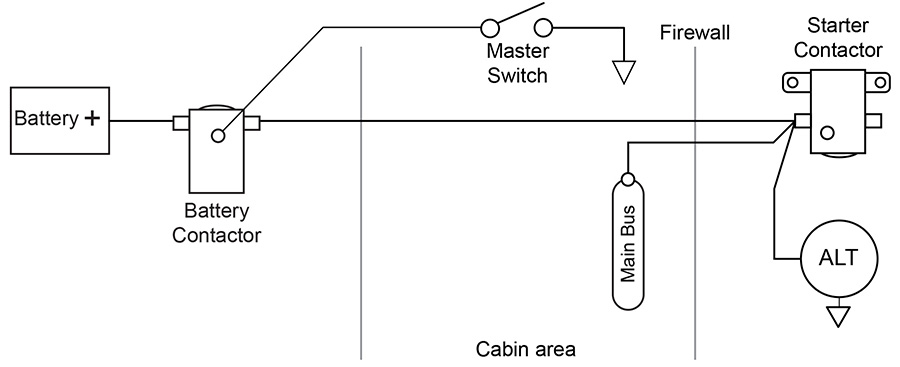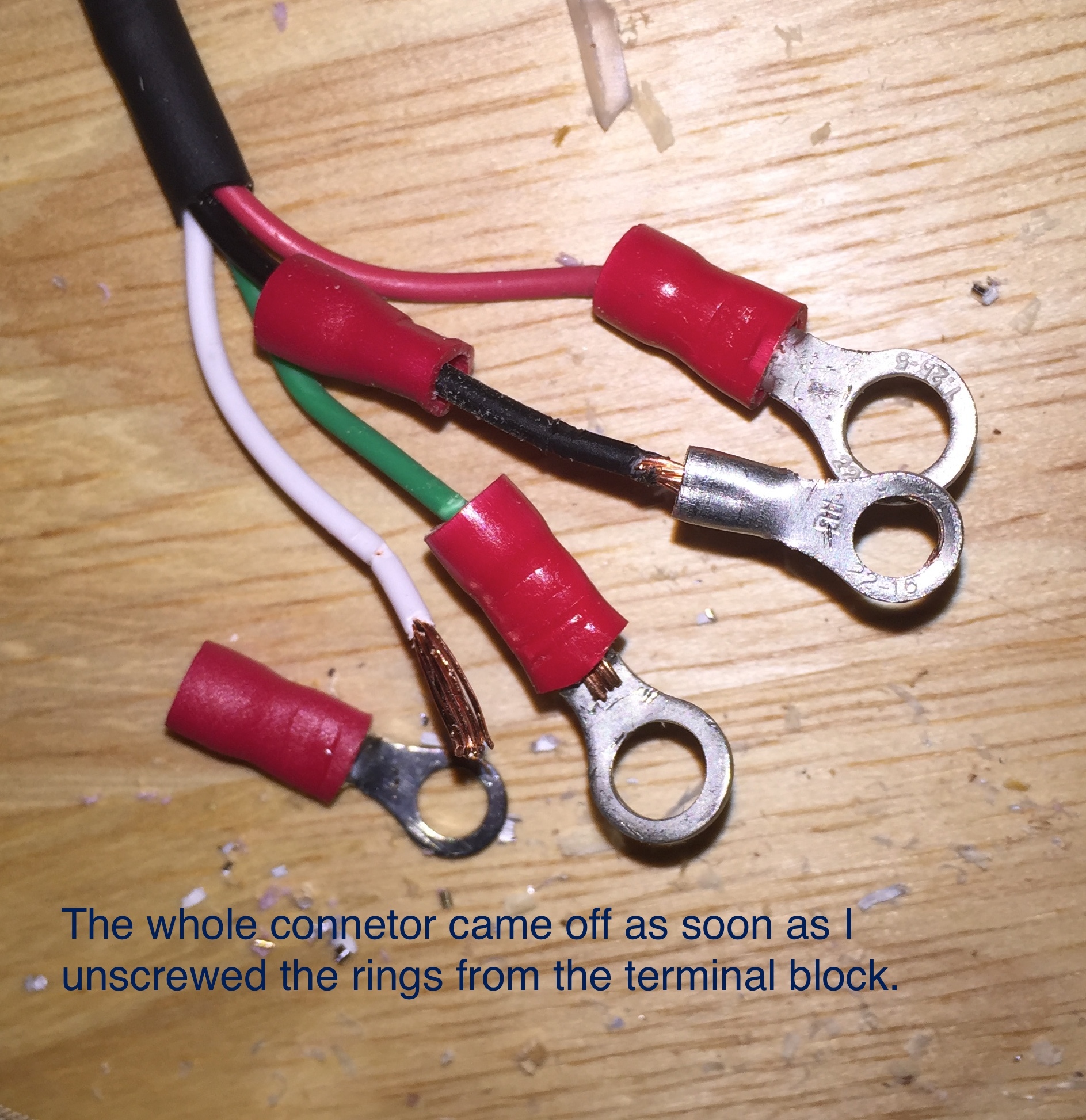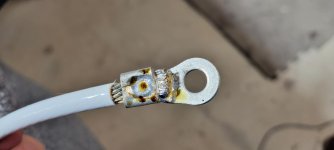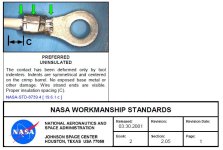My main power toggle switch occasionally fails and does nothing. I try it a second or third time and it closes the main power relay and all is good. This happens about once in 20 start-ups. I cannot repeat the problem and cannot make the relay fail if I bypass the switch and just touch the wires together. So far I have replaced the main power relay, the toggle switch, and the battery. It appears to pose no problem once the relay closes but it still gives one a terrible feeling when you flip the switch and NOTHING happens!
Your thoughts please.
Your thoughts please.








